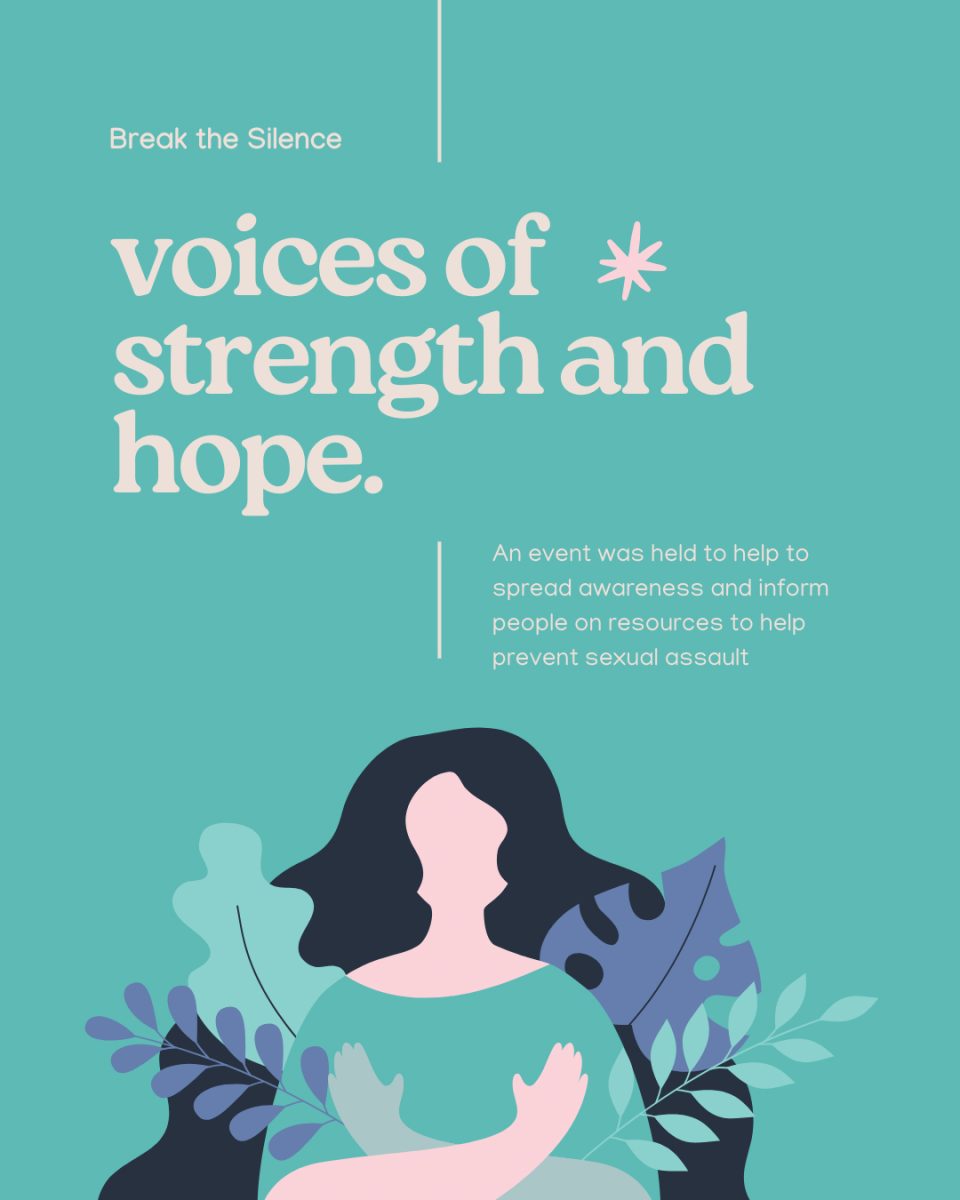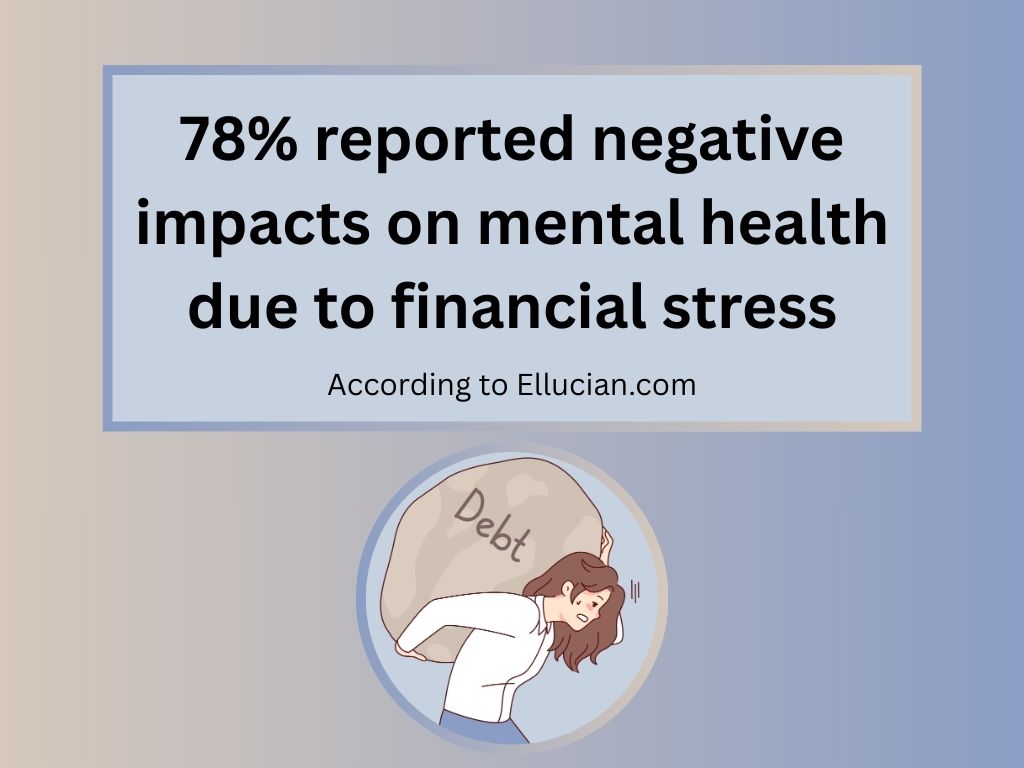President Trump’s troubled transition into the Oval Office
January 25, 2017
With his victory over Hillary Clinton, the task of governing fell upon the shoulders of now-President Donald J. Trump, who, according to most political observers, seems to have had a less-than-stellar transition into power thus far.
Racked by widely publicized polling data suggesting he is the least popular president-elect in modern history, intelligence reports either indicating ties to Russia or that Russian operatives hacked and disseminated emails to help him win the presidency, and accusations of nepotism and ethical impropriety hovering over several of his top cabinet picks, Trump’s transition into power fails to inspire confidence in most Americans.
According to the most recent CNN/ORC poll, only 40 percent of Americans approve of the way Trump is handling his presidential transition. According to the same poll, president-elect Barack Obama’s approval rating during the same period in his transition was 84 percent; president-elect
George W. Bush’s approval rating was 61 percent; and president-elect Bill Clinton’s approval
rating was 67 percent.
In response to the unflattering poll numbers, which have been released by numerous polling agencies, Trump released the following message via Twitter: “The same people who did the phony election polls, and were so wrong, are now doing approval rating polls. They are rigged just like before.”
In the UIS community, there are political observers whose thoughts on Trump’s transition reflect the polling data, while there are others whose thoughts seem to give credence to the sentiments Trump expressed in his Twitter response to the polling data.
Michael Dahmane, a former UIS student who now works as a researcher at the Illinois Innocence Project, is one of the Americans who has lost confidence in Trump resulting from the things he has said and done since winning the presidency.
“I wish that [Trump] would either soften his rhetoric or act presidential. … It seems to literally be true that he spends more time on Twitter than he does either working on legislation or disseminating information about legislation. Everything is just very petty,” said Dahmane.
Student Representative to the Board of Trustees Nathan Hoffman gave an assessment in line with
Trump’s contention that the pollsters are wrong about how Americans feel about the job he is doing transitioning into the White House.
“I think his transition has been positive. You know … they’re on schedule; everything’s coming together. … He’s raised more money than any other president-elect has for an inauguration. …But, yeah, for somebody who did not vote for Trump, I’ve been pleasantly surprised at the people he’s surrounded himself with post-election and many, but not all, of the decisions he has made since he was elected,” said Hoffman.
But for many, including Professor Jason Pierceson, who teaches political science at UIS, Trump’s ties to Russia seem to be the most concerning aspect of his transition.
“There is no question that this president-elect has an extraordinarily close and potentially disturbing relationship with Russia, and I think that’s one of the biggest stories about this transition period,” said Pierceson. “What is that all about? What does that mean moving forward for the United States … for our allies? What does it mean for foreign policy? What does it mean for domestic policy?”
The official transition of power took place at noon (Eastern Time) on Friday, Jan. 20, in Washington, on the steps in front of the Capitol. President Trump was officially sworn in as the 45th president of the United States of America by Chief Justice John Roberts.












